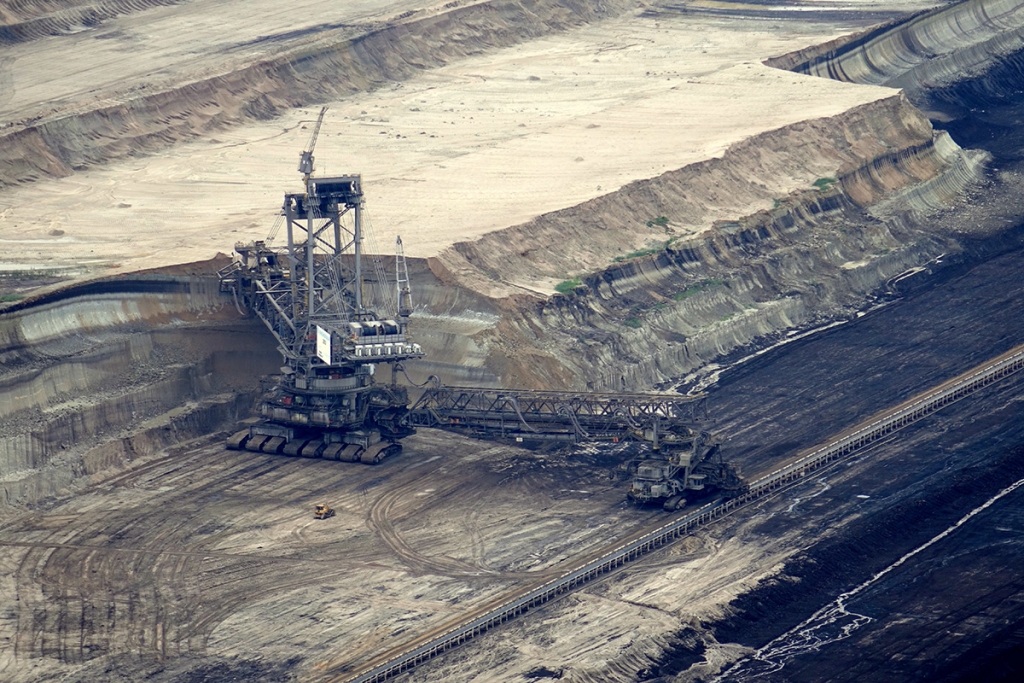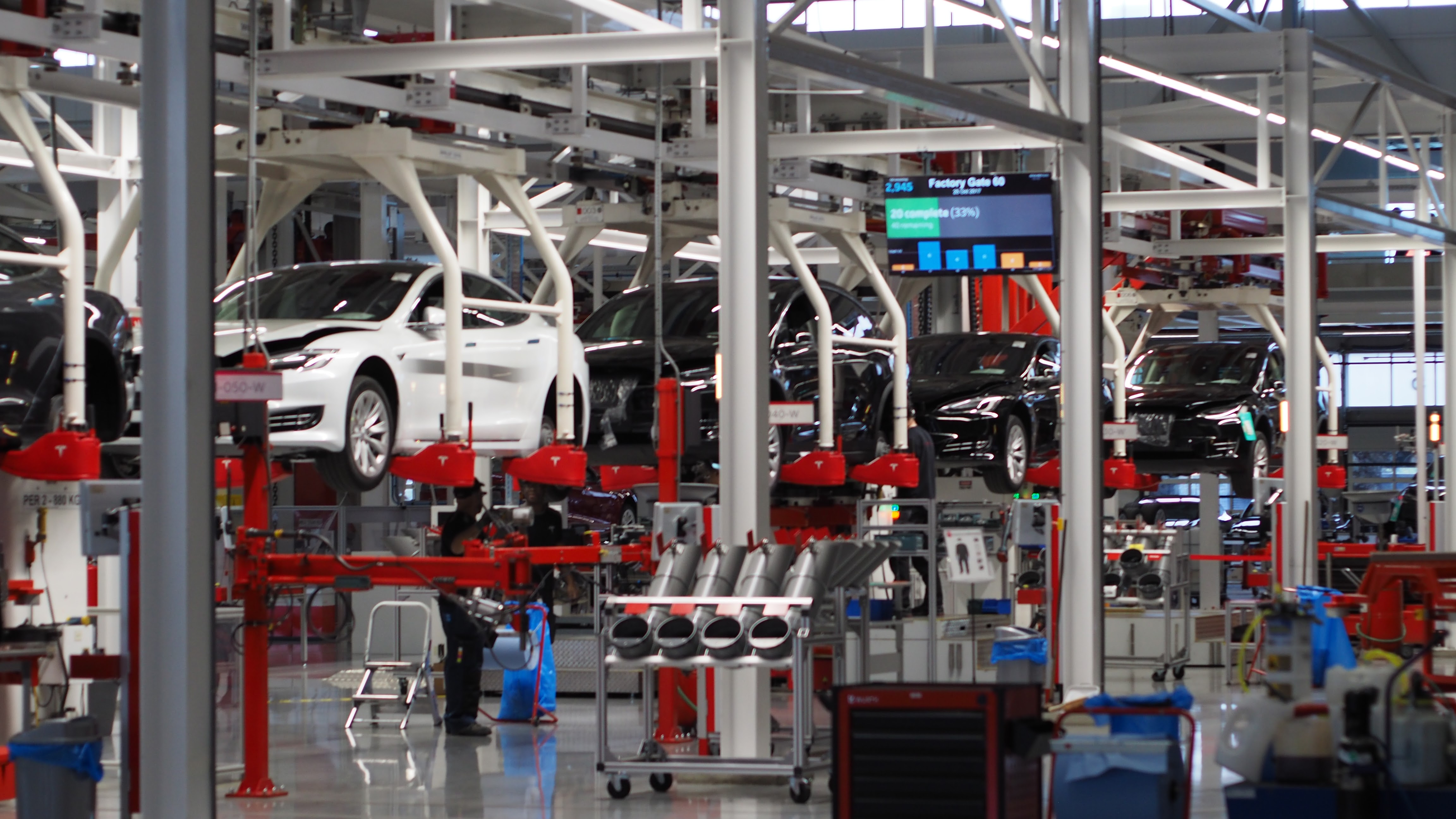
By Carlo Pietrobelli (University Roma Tre and UNU-MERIT)
Mining activities in developing countries have traditionally been considered a form of economic enclave, with limited linkages to the local economy. This column challenges this view by arguing that mining activities are increasingly organized as global value chains (GVCs). Moreover, developments in science and technology are opening up new opportunities for innovative suppliers in developing countries. However, the hierarchical form of governance prevailing in mining GVCs often hinders the required processes of learning and innovation in their suppliers. Mining firms rarely forge long-term formal links with local suppliers and engage in collaborative innovation: by favouring incumbents over new suppliers they miss significant opportunities.
Mining GVCs: a curse or a blessing for development?
Mining activities are no longer organized as huge vertically-integrated corporations, as Global Value Chains (GVCs) are emerging as a dominant form of organisation in this sector. The tendency to focus on core activities, whilst outsourcing and subcontracting many others, is surfacing. Mining companies face the need to contain costs, and their activities have become more knowledge-intensive. They increasingly search for local innovative solutions from local firms to problems like falling ore grades and productivity, rising production costs, labour and environmental disputes from local firms, and the challenges of extreme geographical conditions, as for example in Bolivia, Chile and Peru – where mines are operated at high altitudes, in narrow veins and in very dry climates. Moreover, mining companies do not rely on local suppliers only for intermediate products, but they are increasingly demanding services, and notably knowledge-intensive ones.
In our new research – see the papers published in Pietrobelli and Olivari, 2018 – we study copper and iron mining firms and their suppliers in Brazil, Chile and Peru to explore the potential that new forms of innovation offer to local suppliers in developing countries. Our analysis is motivated by the debates on natural resources being a curse or a blessing for development (Venables, 2016), and on innovation and technological changes in natural resources (Marin et al., 2015).

New evidence: new opportunities and old obstacles
According to this research, scientific advances and new forms of innovation have opened up new technological opportunities for the mining industry in developing countries (Pietrobelli et al., 2018). These include revolutionary advances in ICT, computer vision systems, satellites and other remote sensing applications, advances in molecular and synthetic biology for bioleaching (extraction of heavy metals from minerals through the use of living organisms) and bioremediation of pollutants for copper and gold. When applied to the mining sector, these advances open opportunities for new suppliers to integrate and add value to mining GVCs. For example, in Chile, the company Micomo has developed highly innovative monitoring technologies that assist the extraction process through fiber optics, and Power Train has entered the market with new remote-control systems for trucks operating at high temperatures, and wireless monitoring systems that predict where key equipment will wear and need to be replaced. In Brazil, Geoambiente has developed sophisticated geological maps, sensors and radar images that help in the exploration phases, predicting the contents of minerals or areas prone to erosion in order to monitor environmental impacts. This company is now Google’s largest partner in Brazil. The use of new materials is also revolutionizing the industry. For example, Verti in Brazil has developed dust suppressors that run on excess glycerine from biodiesel plants, and Innovaxxion in Chile has applied new approaches to mechanical, robotic and electrical engineering to substantially reduce waste generated in copper mining.
Whilst these experiences offer a promising view, they are not yet widespread and still confined to a small number of firms. One major explanation we show in our research is that the organization and governance of the value chain does not appear to favour the necessary processes of learning and innovation in mining suppliers, as sometimes happens in other sectors. The hierarchical form of governance typically prevailing in the mining sector has often represented a true obstacle (Pietrobelli et al., 2018). Mining is a risky and long-term business: halting the mine exploitation even for a short time can be very costly, and investments have an economic cycle of at least 15 or 20 years. Thus, mining companies usually adopt a very risk-averse attitude, favoring incumbents over new potential suppliers. Rarely they forge long-term formal links with local suppliers and engage in innovation projects in collaboration with them. When new technological challenges arise, they rely on solutions that come from their headquarters abroad or from their international suppliers, to the disadvantage of new local suppliers.
Policy Implications
What can be the role of public policies in this context? Clearly the existence of many market imperfections and failures affects transactions along the value chain. Information is highly asymmetric, power between lead mining companies and buyers and their (local) suppliers is unbalanced. As a result, the demand for locally and sometimes even internationally-provided suppliers is not easily fulfilled, and a call for policy interventions arises. The World Class Suppliers Development Program in Chile has been addressing the objective of matchmaking demand and supply with an open-innovation approach, with mixed results (Navarro, 2018). Clearly this is only one problem among the many obstacles to suppliers’ integration and upgrading in mining GVCs. These include, for example, the development of the appropriate skills required and demanded by the industry – which is a long-term endeavour -, as well as the coordination of the needs of the many stakeholders involved beyond the mining industry, ranging from local communities in the mining regions, to water and energy, to education and training, and the regulatory institutions – notably on the environment (Katz and Pietrobelli, 2018).
Most importantly, time is of the essence in public policies for this sector. Mining technology is hardly modifiable once in use, and the opportunities for local suppliers’ matchmaking mining firms’ demands can only be generated in the very early stages of the extraction process design and implementation. Once exploitation is underway, opportunities for developing countries’ producers turn very slim.
Carlo Pietrobelli is a professor and policy advisor on innovation and industrial development and policy at University Roma Tre and UNU-MERIT.
References
Katz J. and Pietrobelli C., 2018, “Natural resource-based growth, global value chains and domestic capabilities in the mining industry”, Resources Policy, Vol. 58, Oct., 11-20 https://doi.org/10.1016/j.resourpol.2018.02.001 .
Marin, A., Navas-Aleman, L. y., Perez, C., 2015. Natural resource industries as a platform for the development of knowledge intensive industries. Tijdschr. Voor Econ. En. Soc.Geogr. 106 (2), https://doi.org/10.1111/tesg.12136.
Navarro L., 2018, “The World Class Supplier Program for Mining in Chile: Assessment and Perspectives”, Resources Policy, Vol. 58., Oct., 49-61 https://doi.org/10.1016/j.resourpol.2017.10.008
Pietrobelli C. and Olivari J. (Eds.), 2018, “Special Issue on Mining Value Chains, Innovation and Learning”, Resources Policy, Volume 58, October.
Pietrobelli C., Marin A., Olivari J., 2018, “Innovation in mining value chains: New evidence from Latin America”, Resources Policy, Vol.58, Oct., 1-10, https://doi.org/10.1016/j.resourpol.2018.05.010
Venables, A.J., 2016. Using natural resources for development: why has it proven so difficult? J. Econ. Perspectives, 30 (1), 161–84. http://dx.doi.org/10.1257/jep.30.1.161 .






